This is the time of year that really puts us in the spooky spirit. Like all of you, we love watching horror movies and content year-round, but October is something special and Halloween is the most special in that month. The last couple of years I’ve tried to pick something big to discuss either for horror in general or perhaps from one of horror’s biggest authors. Lately though I’ve been on a kick of looking up the opposite of what we do on this show. A reverse Uno card of a situation where instead of looking at the movie which is based on a book and their differences, I wanted to look at books that were written as tie-ins to their movie counterparts. There are a metric ton of these but as the trees change colors and all the Spirit stores inhabit long dead brick and mortar businesses, I wanted to look at the novelizations of the first 3 Halloween movies. Look out for voiceless shapes as we find out what happened to these adaptations.
As I said in the opening, this was, and kind of still is, a common practice. One of my favorite authors, and one that is fairly prolific, is Alan Dean Foster. Not only has he had a long list of stand-alone novels, but Foster also is one of the undisputed kings of the media tie-in. He wrote books based on Star Trek from the animated TV series to the original movie and the newer Abrams set of movies. He dabbled in the other major space fan base with books based on Star Wars and stayed in space while dipping his toes into horror with his novelizations of Alien, Aliens, Alien 3, and Covenant. He is relevant to today’s topic because he also wrote 3 books based on John Carpenter properties. While he didn’t do Halloween, he did do Starman, Dark Star, and The Thing. What’s great about these books and makes them so different is that they are based on the screenplay and not the final product. This can create wonderful instances of built-in change like when his write up of The Thing was based on a much earlier script. I highly recommend you seek that one and Escape from New York out, which was written by Mike McQuay.
Today’s novelizations were written by Curtis Richards, a nom de plume for Richard Curtis, for the first movie and Jack Martin which was a pseudonym for author Dennis Etchison for the other two. Man, these guys really didn’t want to be associated with these books, did they? These books, by the way, are now highly collectable and even though the original did get a reprint recently, the other two did not and if you want to seek all of them out, that’s wonderful. If not, they are available online for you to check out as the original authors or even companies aren’t exactly seeing any of money that these books go for and it’s kind of a lot. Richard Curtis, no, not the director of films such as Love Actually, is a literary agent and author, largely of non-fiction books about writing. His book is the only one that received a re-release recently and honestly, it’s the most different of the 3. Dennis Etchison passed in 2019 but also wrote the novelization of The Fog and was asked by Carpenter to write a script for Halloween 4 but Moustapha Akkad rejected it. Would have been interesting, as it focused on Lindsay and Tommy, but it was never to be. His final novelization would be for Videodrome, and I recommend you check out that and The Fog.
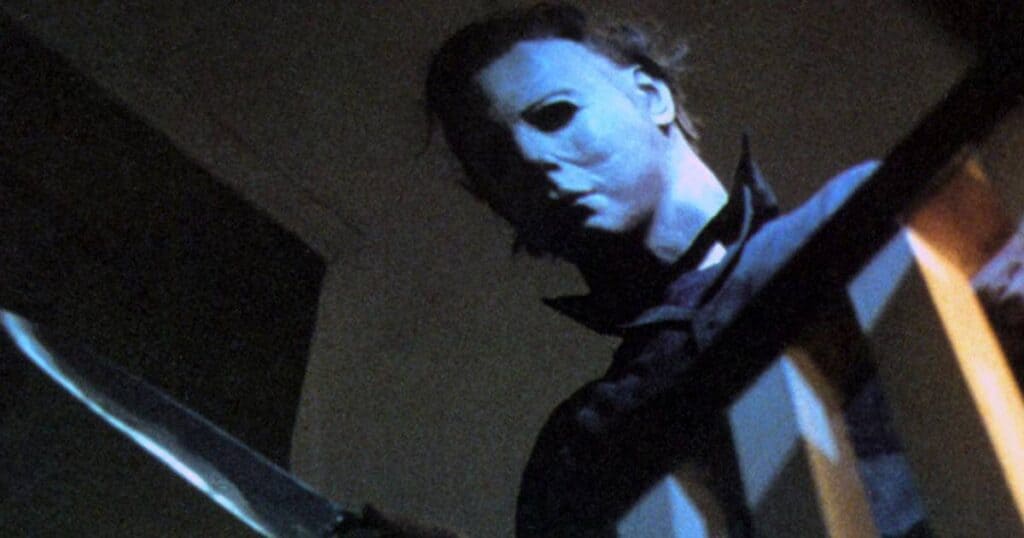
On to the movies and their books. Halloween is the gold standard and will never be topped both for slashers and inside its own series. It follows the night HE came home and broadly, is the story of Michael Myers, years after killing his sister on Halloween night, escaping the mental hospital that he was in and coming back home. He ends up stalking Laurie Strode and her friends and kills all of them, with the survivors being Laurie, Tommy and Lindsay, and Michael’s doctor Loomis, who wants him locked up forever. Lynda, Annie, and Bob are all killed and although Michael is shot out of a window by Loomis, he is nowhere to be found, and the Boogeyman is still out on the prowl.
The book is short compared to standard novels at 166 pages but not so short compared to these movie tie-ins of the time that were akin to the Giallo or yellow paperbacks in Italy that the genre of horror takes its name from, or even the dime store Western paperbacks available for purchase at every gas station in America at one time. Those 166 pages, though, do their best to be different and of the 3, Halloween has the most to offer in terms of differences. I’m looking forward to going over it and have no intention of having restraints on spoilers, so if you want to experience it for yourself first, pause and read, then come on back. First the minor differences. Names are changed here and there with Laurie’s dad being named Chester instead of Mason, Judith’s boyfriend actually has a name in Danny, and some other last names and street names are changed. Finally, in a cool touch, when Tommy sees Michael carrying Annie’s body. it is Creature from the Black Lagoon that is playing on the TV instead of The Thing from Another World. Carpenter would go on to remake The Thing but was supposed to remake Creature at some point too.
The same characters die in the book version, but it happens in a more graphic manner. Lynda is strangled in the movie and Annie has her throat slashed but both are gutted in the book, and the mangled bodies are far more messed up on the page. While those changes do add some spice to the book if you’ve seen the movie a couple dozen times, the big changes really reshape the story. If its better or worse comes down to how you feel about Myers being explained more. The book is 15 chapters and while the last 11 chapters chronicle the main story of the movie, those first 4 chapters go off the rails and makes me wonder if Rob Zombie was a fan of the book growing up. Loomis is revealed to have a wife and child in the novel. This doesn’t change Loomis as much and he is just as voracious in his belief about Michael on page as he is in screen but wait, there’s more. Those first 4 chapters give us insight into the why as well.
The book starts all the way back at the origins of the Druid festival of Samhain and how it created a killer. This killer is somehow related to Michael and the impulses are passed down. We get to interact with a 6-year-old Michael, who speaks with his grandmother about voices in his head telling him to do things and hear these voices again when he is about to kill his sister. We do get him talking a few times which is a very polarizing thing. After the murder, the judge puts him in the psychiatric hospital under the care of Loomis just like in the movie, but we get a lot more of that experience too. Myers becomes the boss of the hospital almost and hurts people at will but is smug and emotional about it. Neither patients nor workers want to mess with him and Loomis even sets up a trap by having a Halloween party that doesn’t work. Later on, we even get more inner thoughts from The Shape where he is somewhat titillated by hunting his victims. That is quite the different killer than we are used to. Personally, I dislike how Michael is treated here even more than putting in the sister angle but it’s still a fun and different take.
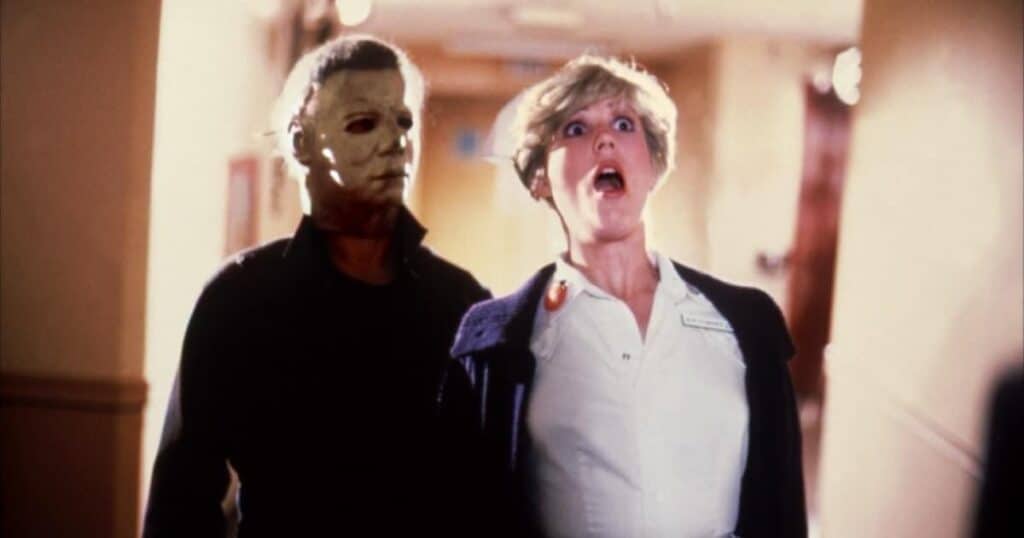
Halloween II takes place immediately after the first film with it even showing the ending of that movie. Michael escapes after being shot and heads towards the hospital where Laurie is taken. The town now knows what is going on and all the killed teens are discovered. Loomis has become more unhinged and vows to kill Myers rather than take him back in and he gets poor Ben Tramer killed in the process. Michael kills his way through the hospital before having a showdown with both Laurie and Loomis where he and his doctor end up getting blown up via gas and a lighter. Although the cover for this book is lights out compared to the other two we talk about today, the changes aren’t nearly as drastic or in some cases infuriating as the first one.
Small changes include a different opening, with more from Mrs. Elrod and her husband, including her assuming it’s the Myers boy coming back. Mr. Sandman is heard, or I guess read, extensively through the book rather than just at the end and several of the kills differ in either how graphic they are or description. For example, Budd is seen being killed through glass that isn’t clear but, in the book, it goes into detail about how he is strangled with a stethoscope. These are neat little touches, especially with this movie having a much higher body count than the first one. The other major changes are more frequent flashbacks from Laurie that include her parents and almost everything that was cut from the final movie that ended up as deleted scenes or in the vaunted TV cut also appear in the book. The biggest addition, and this book is even fewer pages than the 166 of the first one, is that the TV reporter has a much more substantial part. We follow her for a bit as she pursues her story and she inadvertently drives Michael towards the hospital in her trunk before he kills her. Overall, a quick and fun read, though not as different as its predecessor.
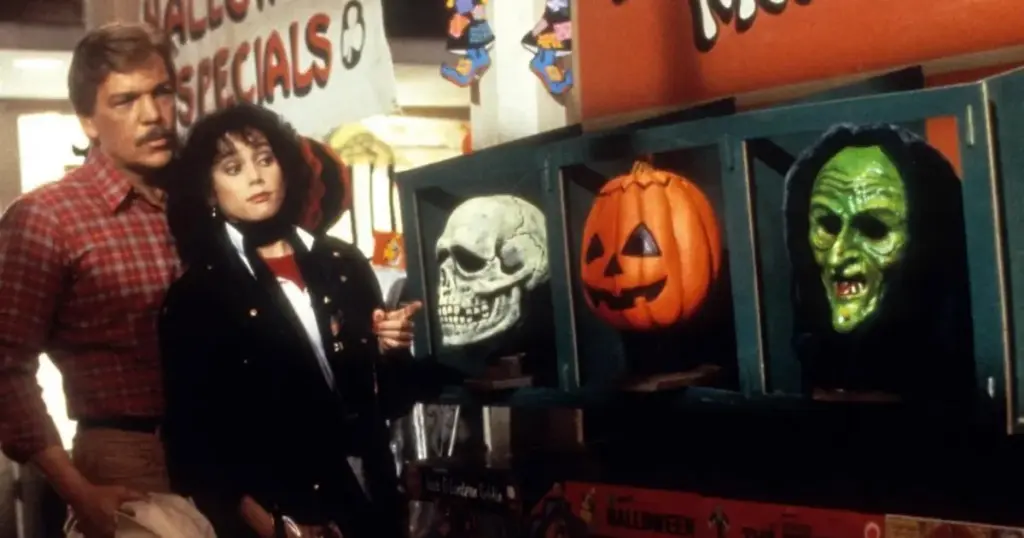
Halloween III: Season of the Witch is now rightfully seen as one of the best films in the series and of the ’80s in general. It follows Doctor Dan Challis and a young woman named Ellie, who are on the hunt to Santa Mira to figure out why her father was killed. It turns out an old warlock named Cochran is using Stonehenge and magic to play a dastardly trick on most of the population and activate masks that kids will wear on the holiday that will kill them and anyone around them. Challis is able to shut down the factory and kill Cochran but loses Ellie and may lose the ultimate battle. This has the fewest differences of the 3 but is nonetheless a fun experience. The speech that Cochran makes to Dan when he thinks he has won in the movie is an all timer that I watch every year, even if I don’t watch the movie, and it’s different and less compelling in the book. Ellie is turned into a robot in both book and film but she is also toned down to almost a toddler in the book and almost kills herself in the process. Some other minor things like the robots’ blood being white like the Alien androids in the book and yellow in the movie as well as the old woman playing Solitaire rather than knitting.
The final two bits that are actually better in the book are the death of Buddy and his family, where it goes into much more horrifying detail and has more horrible creatures emerge. Little Buddy’s eyes go big and fully red, and an enormous spider comes out and kills the mom. The entire room is filled with carnage and other dimensional creatures. Finally, while we don’t know the extent of the event on Halloween night, it is still far worse than the movie’s ambiguity. The movie may end with the final channel going dark, but it cuts out before we see and the movie has the sad act of Dan calling his house to try to save his family but also hearing the screams begin to arise from all over the country. That last channel definitely didn’t get turned off. All 3 of these are fun and I would recommend really any movie tie in if you like the movie enough. Heck, the one for Halloween Ends actually makes the story good! Other avenues to seek out are the YouTube channel Audiobooks for the Damned which found many of these tie-ins and makes them audiobooks. Also seek out the PDFs online if the physical copies are too rich for your blood. Oh, and Happy Halloween!
A couple of the previous episodes of What Happened to This Adaptation? can be seen below. To see the other shows we have to offer, head over to the JoBlo Horror Originals YouTube channel – and subscribe while you’re there!












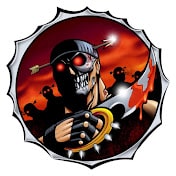








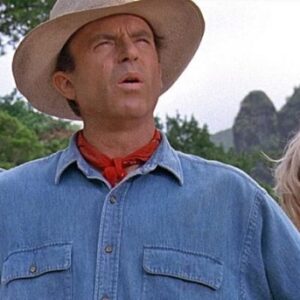

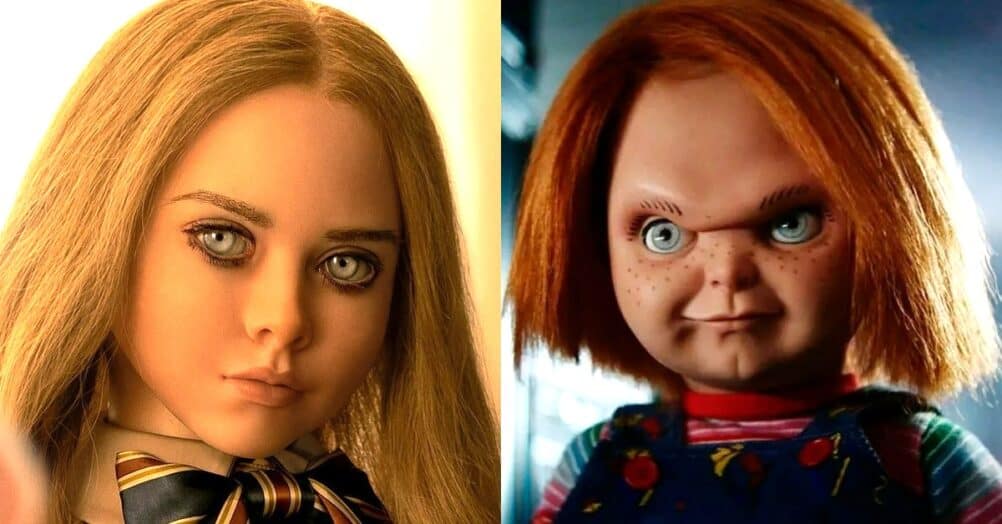







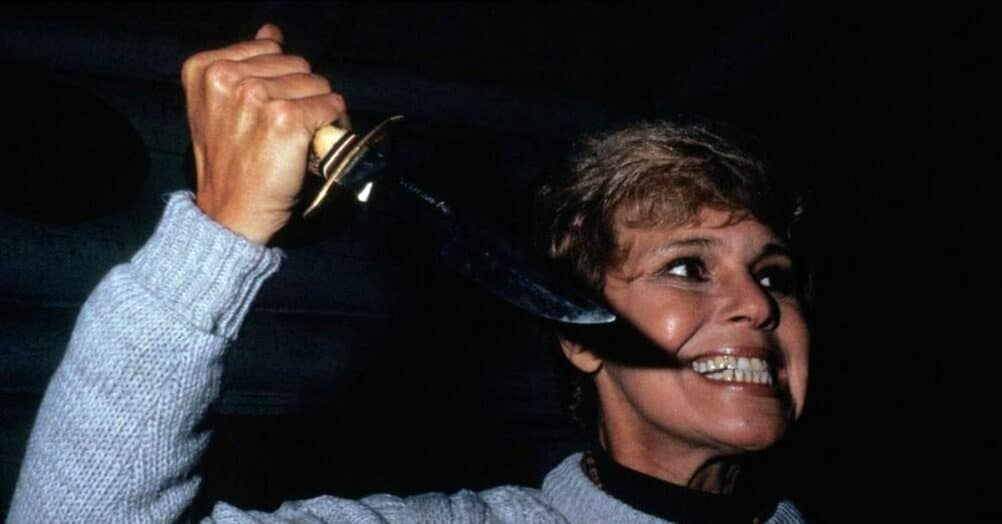


Follow the JOBLO MOVIE NETWORK
Follow us on YOUTUBE
Follow ARROW IN THE HEAD
Follow AITH on YOUTUBE